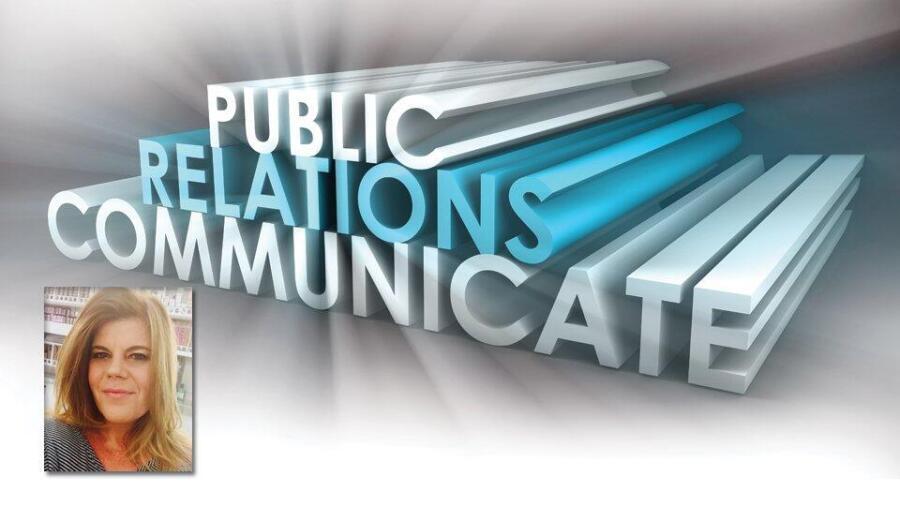You have an awesome product, priced competitively, but without brand awareness success is futile. How do you create a brand that people both recognize and trust? A great marketing strategy can make your company part of the cultural canon.
While very few brands have a wide enough demographic to become true household names, it is entirely possible to optimize your brand’s visibility within a given niche. Before you create any marketing or advertising collateral, here are a few questions which will help you define “why” your product exists.
Having a strong public relations team is a cost-effective and authentic way to create demand with consumers.
- Describe what your product or service is, what it does and what makes it unique.
- List any problems your product or service solves.
- Does your product or service do anything better than its competition?
- What is the primary market for your product/service?
- What are the secondary markets for your product/service?
- Why do you make this product/offer this service?
If you cannot answer these questions, neither will your marketing campaign. It’s time to collaborate. Call a creative meeting with your department heads and assistants and get to work brainstorming all of the possibilities. After you have refined the results of the brainstorm and you can answer each of the above questions clearly and succinctly, you are ready to begin marketing your products or services.
For brand recognition, come up with a strong, timeless logo which can be used with or without the name of your company. Pepsi and Target are great examples of this. The colors are bold and the shapes are simple. Both logos fit within a square so they are compatible with smartphone applications. Over time the insignias have become recognizable even without the company names. In the adult space, Adam and Eve’s apple logo is genius.
If the name of your company or product doesn’t describe what your business does, it will be important to create a tagline. The tagline should be a quick snippet of information which explains why your product or service is needed, potentially solving a problem a consumer can easily relate to. There are several great examples of this such as, “Bounty: The Quicker Picker Upper.” A great tagline doesn’t necessarily describe the product but rather the benefits of the product.
Once you are armed with a strong logo and color palette, and you have trademarked a tagline that describes the benefits of your product or service, it is time to start considering all the platforms available to increase your visibility. Each platform will require a budget of time, money, or both. Consider your available resources and then map out a plan that will provide the most return.
Social media, your company website and your email signature line will each serve as the digital face of your company. It’s silly to spend money promoting your product(s) before you have created this unified front you can direct your traffic to. Be sure to incorporate your company colors, logo and tagline everywhere your brand can be seen. Once these markers are in place, it’s time to think about email campaigns, advertising and PR.
Email campaigns are great if you have amassed a quantity of email addresses for your target market. These can be directed to consumers or distributors of your product, depending on your business plan and sales strategy. Campaigns directed to consumers should focus on the benefits of the product and solve problems. Campaigns directed to distributors should focus on sales strategies and product education. In addition to your branding message, all email campaigns should include measures of added value such as tips and tricks to care for the product, expert advice, contests or sales spiffs. If you don’t have a list of email addresses there are many ways to acquire them: trade shows, social media contests, pop-ups on your website and you can even purchase them.
Effective advertising campaigns are catchy, memorable and will usually run over a span of time. It’s been proven that most products have to be seen seven times before someone purchases. Spending a huge sum of money on a one-time, one-page ad in a fancy magazine will produce few results. Consider advertising on platforms you can afford to work with consistently to optimize the return on your investment. When designing the look and feel of your advertisement, keep it simple and focus on the benefits to the customer rather than the composition of the product. “Milk: It Does A Body Good” — decades later we are learning this was a total lie, but the campaign itself was brilliant.
The mystical business of PR. What is it and how does it work? Have you ever seen one of your competitors mentioned in a Cosmopolitan article, or featured on Bustle’s “2019’s Best Sex Toys” list? Did you ever wonder how they got there? Having a strong public relations team is a cost-effective and authentic way to create demand with consumers. You trade the high cost of advertising and give up control of the final message but when you have a fantastic product and a reliable publicist, the end result will often produce a greater return. Readers are likely to discern the difference between a paid advertisement and the recommendation of a journalist. The latter creates a more believable message and more trust in your product. Accolades received from the media may also be used in your advertising and sales strategies for perpetuity.
“As seen in Cosmopolitan, Allure and Glamour.”
“Named No. 1 Prostate Massager in the world by GQ magazine”
“Deemed the Best Lube for Anal Sex by Men’s Health”
In short, a little PR can go a long way. If you are considering hiring a marketing firm for your PR needs, be sure to request their current media report so you can determine what outlets they work with and the types and amount of coverage they secure for their clients. By nature, public relations is a lot of smoke and mirrors. Don’t hire based on a sales pitch, ask to see proven results.
When you want to increase brand awareness, utilize every available platform and remember consistency and perseverance only work if you’re headed in the right direction to begin with.
Forward Approach Marketing (FAM) provides reliable, result-driven attention to businesses by creating custom marketing plans designed to meet each client’s unique goals. We implement a strategy of “educate to elevate” across all platforms, sharing stories which break stereotypes, obtaining positive placement with trade and consumer press, offering media preparation, as well as advertising and social media strategies.








